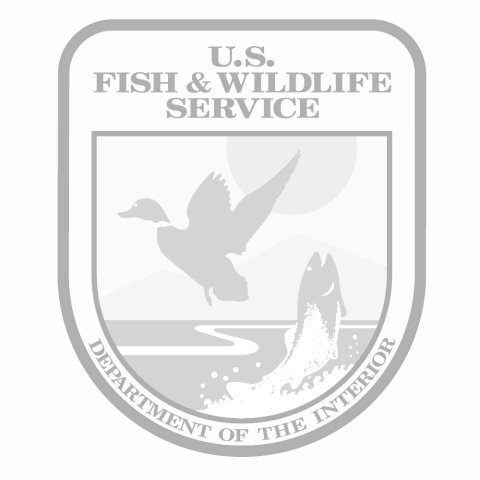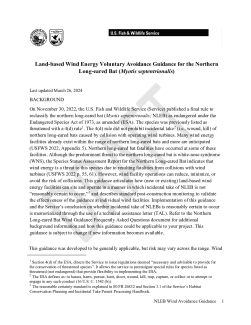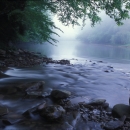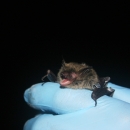Image

Fish and Wildlife Biologist
Ecological Services
Additional Role(s)
Point of contact for Wildlife and Sport Fish Restoration and National Wildlife Refuge consultations,
National Recovery lead for northern long-eared bat
Expertise
ESA S7 Consultations, Recovery of Threatened & Endangered Species,
Habitat Conservation Plans,
Habitat Conservation Plans,
Species Status Assessments,
Community outreach
Bloomington,MN



